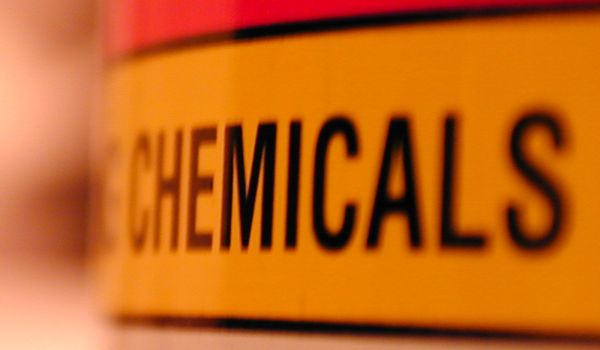Flame Retardants' Affect on Fetus May Trigger Autism

VANCOUVER, British Columbia — Exposure to even low levels of flame retardants may affect the brain of a developing fetus and possibly contribute to autism, new findings in mice suggest.
In the study, female mice exposed to a particular flame-retardant chemical in utero and during lactation were less social, compared with mice not exposed to this chemical. The levels of flame retardants used in the study were similar to what has been seen in humans, the researchers said.
It's too soon to say whether the findings apply to humans, and even if they do, flame retardants may affect only babies with a genetic predisposition that makes them particularly susceptible to environmental influences.
Still, "it's a concern," study researcher Janine LaSalle, a professor in the department of medical microbiology and immunology at the University of California, Davis School of Medicine, said of the findings. "We need to start asking what's in our consumer products." Although polybrominated diphenyl ethers (PBDEs) were banned in 2004, they can persist in tissues, particularly brain tissue, for some time, LaSalle said.
The findings add to a growing body of evidence that both genes and the environment interact to cause autism. Chemicals may interfere with the way certain genes are expressed.
Just how big of a role genes and the environment play in autism's development may differ depending on the person, LaSalle said.
"Autism is not a single disorder," LaSalle said. The causes at work may be somewhat unique.
Sign up for the Live Science daily newsletter now
Get the world’s most fascinating discoveries delivered straight to your inbox.
The mother mice in the study had a mutation that made their genes particularly susceptible to environmental influences, and they exhibited autistic traits. When these mothers gave birth, some of their offspring inherited the mutation and some did not.
Those that did not inherit the mutation still showed impaired social behavior after exposure to flame retardants in the womb, and this behavior was associated with chemical changes in their genes. Those that did inherit the mutation had social and memory impairments.
Female mice in the study were more susceptible to environmental influences than males, LaSalle said. This was a little surprising, given that males are disproportionably more affected by autism. It could be that the sexes differ in their susceptibility to genetic changes triggered by chemicals. Future studies should investigate such differences, LaSalle said.
LaSalle presented her findings here at the American Association for the Advancement of Science's annual meeting Feb. 16-20.
Pass it on: Autism is likely caused by an interaction between environmental and genetic factors, but which plays a bigger role depends on the individual case, experts say.
Follow MyHealthNewsDaily staff writer Rachael Rettner on Twitter @RachaelRettner. Like us on Facebook.

Rachael is a Live Science contributor, and was a former channel editor and senior writer for Live Science between 2010 and 2022. She has a master's degree in journalism from New York University's Science, Health and Environmental Reporting Program. She also holds a B.S. in molecular biology and an M.S. in biology from the University of California, San Diego. Her work has appeared in Scienceline, The Washington Post and Scientific American.










